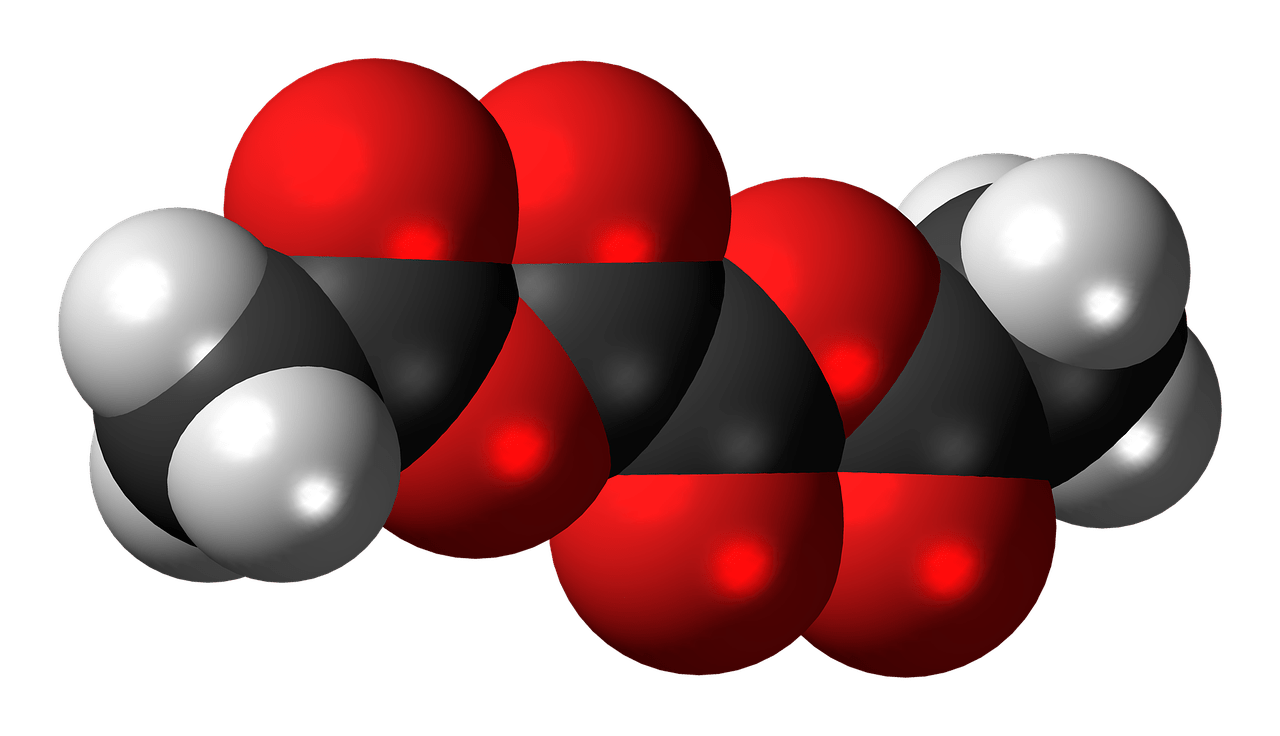Have you ever noticed unexplained muscle weakness and wondered what might be causing it? There can be a myriad of potential reasons, and today, we are diving into one that is often overlooked: oxalates. These naturally occurring compounds are found in various foods, and while they might be considered harmless or even healthy, they can have surprising effects on your body, particularly your muscles. Let’s embark on this journey together to uncover how oxalates might be influencing your muscle strength and what you can do about it.
What Are Oxalates?
Oxalates are compounds naturally found in many plants, and they play a role in plant metabolism. You consume them mostly through your diet as they are present in a variety of foods you might encounter daily, from spinach to nuts. While the body can handle a certain amount of oxalates, they can pose problems when present in excess.
Common Sources of Oxalates
Understanding where oxalates come from might help you better manage your intake. Here’s a look at some common dietary sources:
- Fruits and Vegetables: Spinach, beets, rhubarb, and starfruit are particularly high in oxalates.
- Nuts and Seeds: Almonds, cashews, and peanuts contain notable amounts.
- Grains and Legumes: Wheat bran, quinoa, and soy products also feature oxalates.
- Beverages: Tea, especially black and green varieties, can add to your oxalate intake.
Role of Oxalates in Plant Defense
Plants produce oxalates as a natural defense mechanism. They help deter herbivores and insects from consuming the plant by providing a bitter taste or irritating texture. So, while you’re enjoying your spinach salad, the plant is fighting off predators.
How Does the Body Handle Oxalates?
Your body typically processes oxalates by breaking them down and excreting them through urine. However, excessive intake or genetic predispositions can result in an accumulation, leading to various health issues.
Oxalates and Absorption
Oxalates can bind to minerals in your gut, particularly calcium, forming calcium oxalate. This compound is poorly absorbed by the body, meaning it often passes through the digestive system. However, a portion can be absorbed into the bloodstream and filtered by the kidneys.
Oxalate Overload
If your body accumulates too many oxalates, they can form crystals, which may contribute to kidney stones—a well-documented condition associated with high oxalate consumption. But, the impact of oxalates might extend beyond the kidneys to other systems, including your muscles.

Connection Between Oxalates and Muscle Weakness
The muscle-wasting effects of oxalates are less understood compared to their role in kidney stones, but research suggests a potential link. Let’s unpack how this might occur.
Mineral Interaction and Muscle Function
Oxalates’ tendency to bind with minerals can deplete the availability of calcium and magnesium—two minerals essential for muscle contraction and relaxation. With less free calcium and magnesium available, muscle function could be impaired, leading to weakness.
Mitochondrial Dysfunction
Oxalates might also influence muscle strength through mitochondrial dysfunction. Mitochondria, the powerhouse of cells, require a delicate balance of nutrients and minerals to function optimally. An oxalate overload can disrupt this balance, potentially impairing energy production and muscle performance.
Inflammation and Muscle Tissue
Some studies suggest that high oxalate levels could lead to localized inflammation in tissues, including muscles. Chronic inflammation is known to contribute to muscle fatigue and weakness. Though more research is needed, it’s a possibility worth considering if muscle weakness is persistent.
Managing Your Oxalate Intake
Although you cannot entirely eliminate oxalates from your diet, you can manage their intake to reduce potential negative impacts on your muscles.
Dietary Adjustments
Consider adjusting your diet to balance oxalate consumption. Here’s how:
| Food Group | High-Oxalate Foods | Lower-Oxalate Alternatives |
|---|---|---|
| Vegetables | Spinach, beet greens | Kale, cabbage, broccoli |
| Fruits | Starfruit, raspberries | Bananas, melons, cherries |
| Nuts and Seeds | Almonds, cashews, peanuts | Pistachios, flaxseeds |
| Beverages | Black and green tea | Herbal teas |
Preparing Foods to Lower Oxalates
Certain preparation methods can help reduce oxalate levels in foods:
- Boiling: This can significantly reduce the oxalate content of vegetables like spinach and asparagus.
- Soaking and Sprouting: For nuts and seeds, soaking or sprouting can lower oxalate levels and may enhance nutrient availability.
- Calcium-Rich Foods: Pairing high-oxalate foods with calcium-rich foods can help prevent oxalate absorption.

The Role of Supplementation
Sometimes dietary adjustments alone don’t suffice, and you might need supplements to maintain muscle health.
Calcium and Magnesium
Supplements can help ensure you have sufficient levels of these critical minerals to counteract oxalates. However, always consult with a healthcare provider before starting any new supplement regimen.
Vitamin B6 and Omega-3 Fatty Acids
Vitamin B6 has been shown to aid in oxalate processing, and omega-3 fatty acids can support muscle health by reducing inflammation.
Listening to Your Body
An essential aspect of managing health is tuning into your body’s signals. If you notice persistent muscle weakness, keeping a food diary might help you identify possible patterns linked to oxalate-rich foods.
Seeking Professional Guidance
If dietary modifications and conscious monitoring don’t yield improvements, it’s crucial to seek advice from a healthcare professional. They can perform tests to assess oxalate levels and explore other underlying causes for your symptoms.
Regular Monitoring and Adjustments
Keep track of your body’s responses and adjust your diet and lifestyle as needed. Regular monitoring helps spot improvements or the need for further interventions.

Conclusion
Your journey to understanding the role of oxalates in muscle weakness is an empowering step in taking control of your health. While oxalates are a natural part of many foods, understanding their potential impact can help you make informed choices, ensuring you maintain muscle strength and optimal well-being. Remember, knowledge is your ally in navigating the complexities of nutrition and health. Keep an inquisitive mind and a proactive approach as you manage your dietary habits and overall health.

